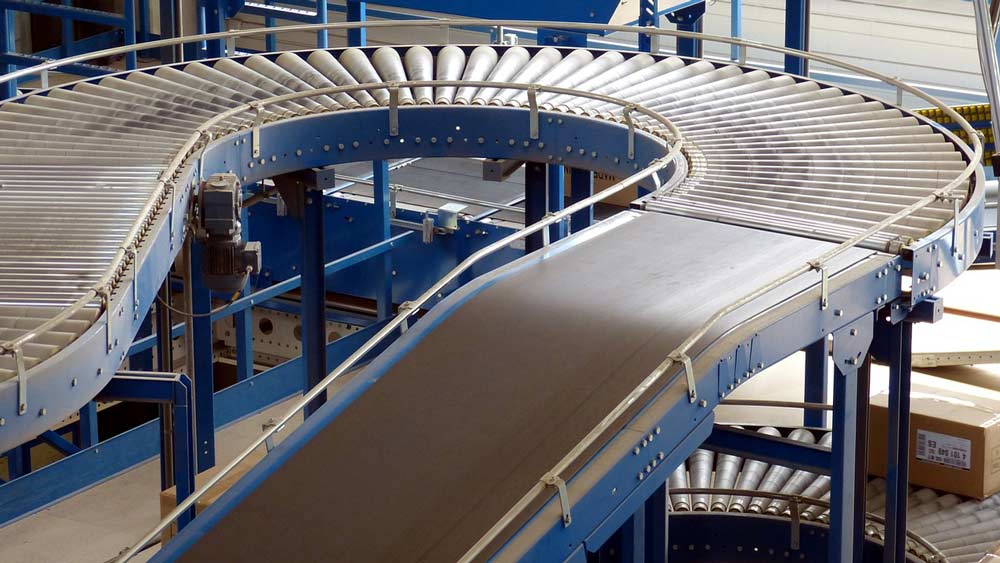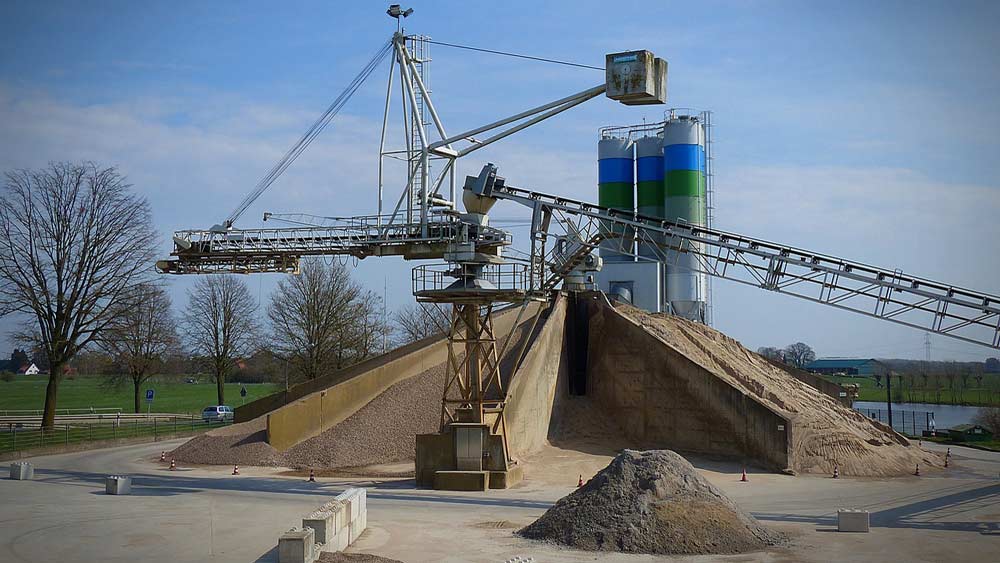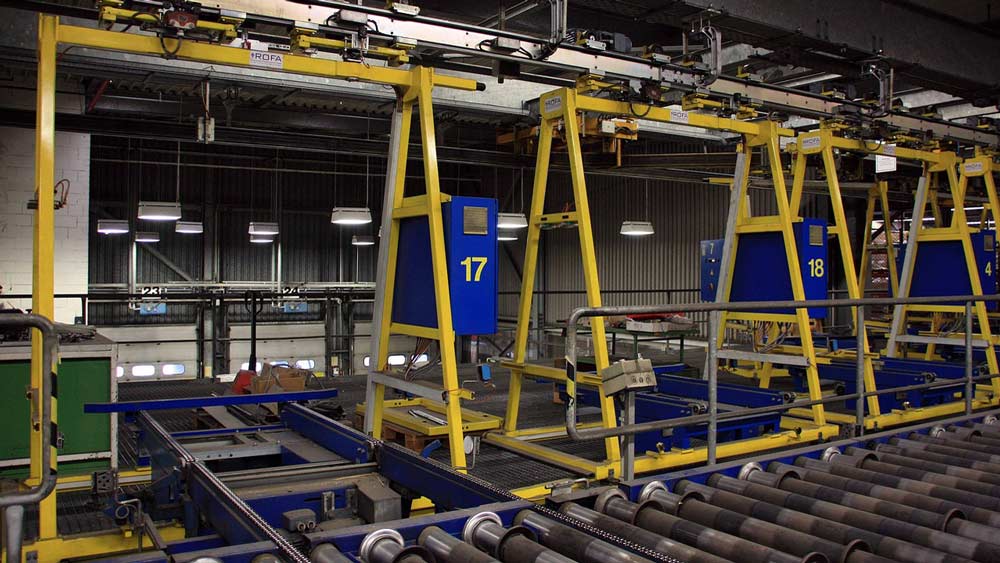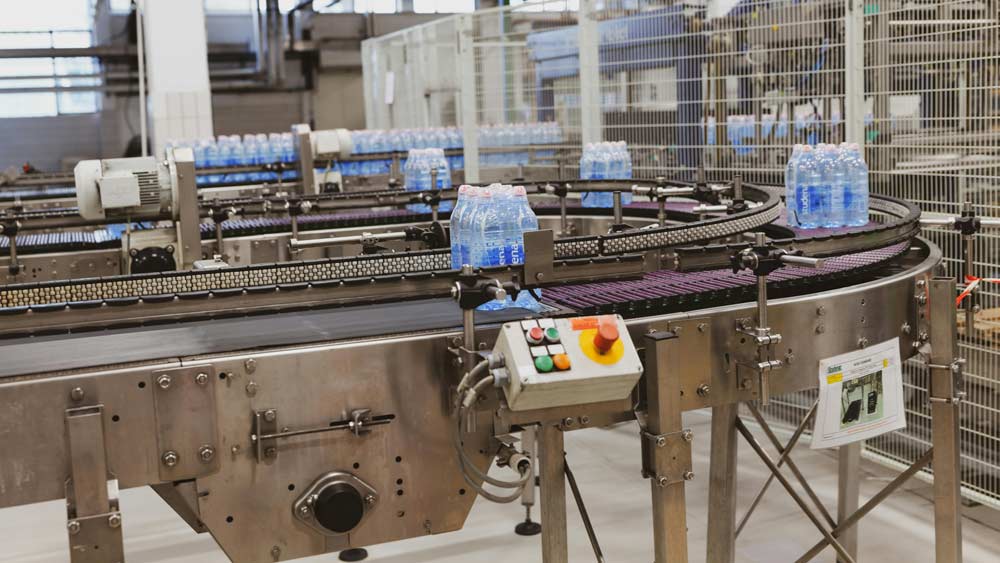
Oct 15
How Do Belt Conveyors Improve Material Handling?
READ TIME: 7 MIN.
The key behind every successful industrial operation over the years has been effective material handling. Whether it is a manufacturing plant, a mining facility, or even a distribution warehouse, moving materials within your processes plays a major determinant in productivity, cost, and overall success.
Speaking of streamlining material handling, one solution has passed the test of time: belt conveyors. Because of their undeniable efficacy, these systems have become indispensable in today's industrial landscape, effectively streamlining material flow while reducing labor costs and enhancing safety.
But what makes belt conveyors the game-changer? Let's delve into how these systems revolutionize material handling and why they are a must for efficiency and productivity enhancement.
1. Enhanced Safety in Material Handling Operations
Safety is, no doubt, one of the main objectives in any industrial setting.
That said, conveyor belts are used in materials handling systems to automate the transport process, which in turn reduces the risk of injuries caused by lifting manually. By installing conveyors, you minimize the possible risks associated with lifting heavy items, making repetitive motions, and threading your way through a loaded workspace with hand carts or forklifts.
Moreover, modern belt conveyors are designed with safety features meant to protect employees and ensure material safety. For example, the emergency stop buttons, safety guards, and sensors that prevent or alert operators in case of overload or stalling are among the most often used safety features.
Some systems come with built-in alarms to alert operators and prevent a bad situation from turning worse. By purchasing belt conveyors, you not only enable the job to be done more efficiently but also show your commitment to employees' and materials' safety. This may result in employee satisfaction and the cessation of accidents.

Source: Wa?lz-from-Pixabay
2. Handles a Wide Range Of Materials
One of the most versatile aspects of belt conveyors is that they can handle a wide range of materials.
Whether you are moving small components, heavy machinery parts, or raw materials like gravel, sand, or even chemicals, these conveyors can handle all types of shapes, sizes, and weights. This means you can have just one system to handle various materials instead of investing in different systems for each material.
Additionally, belt conveyors can be customized to meet the unique needs of your operation. For instance, conveyor belts are made from various materials like rubber, plastic, or metals, depending on what you intend to transport. Some belts can handle very low or high temperatures, while some can resist chemicals, making them ideal for industries such as mining, food processing, and chemical manufacturing.
This adaptability ensures that no matter the material you deal with, belt conveyors will get them moving safely and efficiently, minimizing manual handling and reducing the risk of damage to your products.
3. Cost-Effective Solution for Long-Term Operations
Your first thoughts following the implementation of a belt conveyor system may be that it is an expensive venture. But that's not true. The introduction of belt conveyors in a production system significantly reduces the number of employees who handle materials from one point to another.
These machines can work all the time on a minimum amount of human work time, saving you money and cutting down the production time. Furthermore, the highly efficient and productive belt conveyors usually lead to a mitigated payback (ROI) from improved output (throughput) and lesser operating costs.
The maintenance expenses associated with a belt conveyor system are within the boundaries of the budget and are lower than those linked with the other material-handling machines. If taken care of, these tools can last several years. Modern belt conveyors are made from materials that can withstand abrasion, tear, and wear.
Furthermore, most of its components are modular, allowing you to fix and replace them easily and at a lower cost.

Source: schrott-from-Pixabay
4. Enhances Productivity and Efficiency
When you think of increasing productivity in operations, efficiency is usually at the forefront. Among the main ways that belt conveyors can assist is by vastly improving workflow. Think of the hours it takes workers to move goods or materials by hand across a facility. It is not only time-consuming but also creates much room for delays and inefficiencies based on human error or fatigue.
Belt conveyors automate this process. They move materials at a steady, predictable speed, ensuring smooth transitions from one stage of production to another. You can also customize these systems to transport different types of material without interruption-from small parts to bulky goods. This immediately frees your workforce for skilled activities, enabling your team to focus on jobs that directly add value either to production or quality control.
Moreover, belt conveyors can operate continuously. Unlike human labor, these machines don't require rest or even time off. You can run them around the clock if your operation calls for it, increasing the stakes on your output.
So, if you're seeking a way to improve efficiency, investing in belt conveyors will pay off in the short and long terms.
5. Improves Material Flow and Organization
Belt conveyors provide a well-organized, structured avenue through which materials flow. The conveyors can be designed to run along planned paths within the boundaries of your area of operation. This allows for a smooth flow of goods from one process to the next. Such planning minimizes unplanned, random movements of materials, which slow down production, leading to bottlenecks.
With belt conveyors, you can establish a smooth flow that can help optimize your whole material handling process. Instead of depending on forklifts or machinery that require much space and coordination, a conveyor can move your materials predictably and efficiently.
A smooth flow ensures it delivers the materials to the right place, at the right time, and in the right condition.

Source: Photo-by-Vladimir-Srajber
Conclusion
Integrating belt conveyors into your material handling operations can greatly improve productivity, efficiency, and safety. Besides, their ability to handle a wide variety of materials and improve workplace safety will go the extra mile in ensuring your facility operates smoothly and sustainably.
If you are looking to enhance your material handling setup, a belt conveyor is an economical, efficient, and versatile solution suitable for any industrial application. With these systems in place, you are set to enjoy increased productivity, reduced labor costs, and a safer, more efficient working environment.







